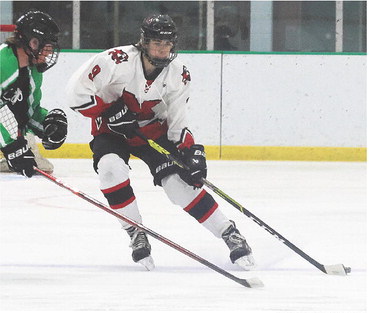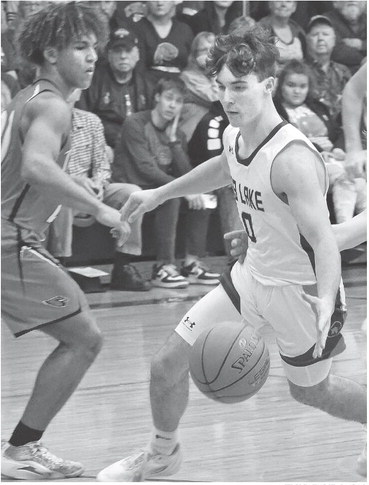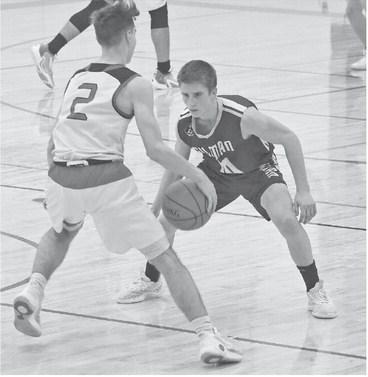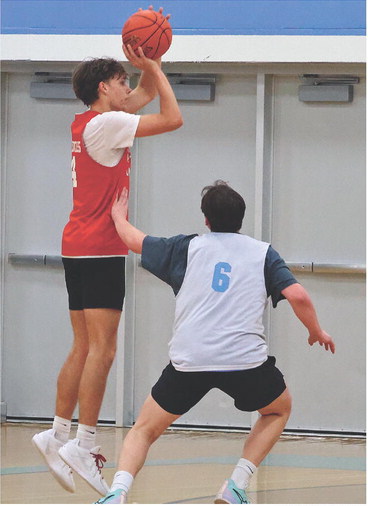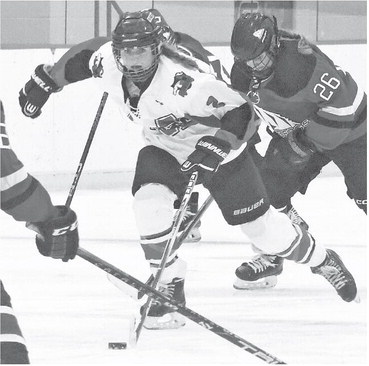Appeasing many, satisfying none may best describe 2020-21 WIAA calendar


Matt’s Bleacher Shots
By canceling its fall sports seasons and potentially moving them to spring, the Big Ten put a scare into more locallyfocused sports folks last week, especially with the WIAA’s Board of Control set to meet on Friday. Some feared the timing was perfect to announce a shutdown of fall sports in the state at the high school level.
Truth was, there was never any indication that would happen and the board affirmed that Friday by never even mentioning the possibility of ending fall before it started. That decision remains a local decision and there are several school districts in the state bailing on fall, with Eau Claire’s public schools being one of the closest to our area.
As ordered back on July 23, WIAA staff did come up with several models for an alternate spring option for those schools and conferences who are shying away from fall sports. The board unanimously approved the staff’s preferred model (see page 30), which slips that alternate fall season in between the traditional winter and spring seasons, both of which are shortened for one year, and also creates some overlap between the alternate fall and spring seasons.
It’s one of those plans where in trying to please the most people, you’re actually not going to make anyone happy.
I look at it this way.
It’s good WIAA officials are not shying away from moving forward with sports during the COVID-19 pandemic. The organization could take an easy way out and say it’s all too risky. We all know risk is going to be there this fall, this winter and probably for quite some time longer.
It’s also easy for the public to say, of course the WIAA wants sports to happen, it needs to make money. Yes, the organization is going to endure a rough year financially. But in the last two meetings that have been available for the public to watch, finances haven’t been an issue widely discussed. The WIAA gets most of its revenue from post-season tournaments. And the WIAA is making it pretty clear post-season tournaments, at least in the fall for sure, aren’t going to be the big events we’re used to.
The focus right now, I sense, is more about keeping kids involved in education- based athletics –– otherwise known as keeping the WIAA with viable jobs. It’s been said more than a few times in the last month or two, if the WIAA doesn’t provide its typical offerings, someone else will at the club level. An unfortunate part about club sports is that it often isn’t cheap and it can often leave behind a lot of kids who want and need to play. Also, high school programs are more likely to follow COVID safety protocols during this period where limiting outbreaks in the schools is paramount for both kids and adults.
As for the revised seasons approved Friday, one of the negatives that sticks out to me is the lengthy gap between the end of winter and the start of spring for those schools who stay with the traditional fall format –– and I believe that will still be the majority of schools in the state. For example, a boys swimmer will be done with his winter season the first week of February and then won’t start his track season until April 19.
The other thing I’m not fond of is spring sports getting dinged again with its late start and later finish well into June, pushing toward the July 4 weekend. I guess you could argue that a later start to spring should avoid some of the lousy weather those sports deal with, but I’m not sure kids and coaches want to be dealing with high school stuff a month after classes end.
It is what it is. Everybody is going to have to sacrifice to make this work. The bottom line is no one wants to see a repeat of April where there’s an announcement that an entire season is canceled or a season won’t finish. *** Maybe the reaction comes more from the heart than from the head, but it was disappointing last week to see the Big Ten nix fall sports for 2020. It might turn out to be wise, but when fans, coaches and athletes see three major conferences in the Southeastern Conference, Atlantic Coast Conference and the Big 12 Conference pushing ahead with their fall seasons, it has to hurt.
Sympathies go out too to all of the small-school conferences in this area, that aren’t competing this fall. Those decisions affect a fair number of graduates from our area.
As much as COVID has screwed up the sports world, you could argue no group has been affected more than college athletes. These are young adults who treat their sports like a job while carrying full class loads at the same time. For many, their time in collegiate athletics will feature the prime performances of their lives. Now, they can stretch out their tenure longer than high school kids, but still, time is ticking for them and to lose it hurts. It leaves a lot of football players thinking they have NFL potential in limbo. The Big Ten’s decision shuts down the nation’s deepest volleyball conference, including 2019 national runner-up Wisconsin.
Michigan head football coach Jim Harbaugh isn’t on my favorites list, but it was compelling to see his argument for playing this fall. It was based on numbers, which, of course everyone seems to want to debate these days. Before the Big Ten shut things down, he noted the Wolverines had 11 positive tests out of 893 administered since players returned to Ann Arbor eight weeks prior. Three positives were upon initial return. The last 353 tests were all negative. No positives were found among coaches and staff. Sure sounds like the protective precautions they were using were working.
With numbers like that, I can buy in on the argument that athletes are safer in their groups and following the protocols they know are necessary to keep their passionate pursuits going. But when you hear about recent outbreaks at places like North Carolina and Notre Dame, you get the concern that one mistake by one kid can be costly.
Unrelated to college sports, but related to the subject was an item mentioned during Friday’s WIAA meeting by Dr. Tim McGuine. You may recall, McGuine led the well-publicized study this summer that showed high school studentathletes are dealing with much higher rates of depression and anxiety during COVID-related shutdowns.
He told the board there was a report coming out of San Diego. There, during an eight-week summer youth soccer program, there were an estimated 142,000 player and coach contacts and zero cases of transmission between players or coaches of COVID-19. There were cases, but they were contracted from other sources, most likely family members.
Just more food for thought.
These decisions are tough, the logic can be hard to follow when something is happening while something else is shut down. I remain certain no one is taking these decisions lightly.
Matt Frey is the Sports Editor at The Star News.
